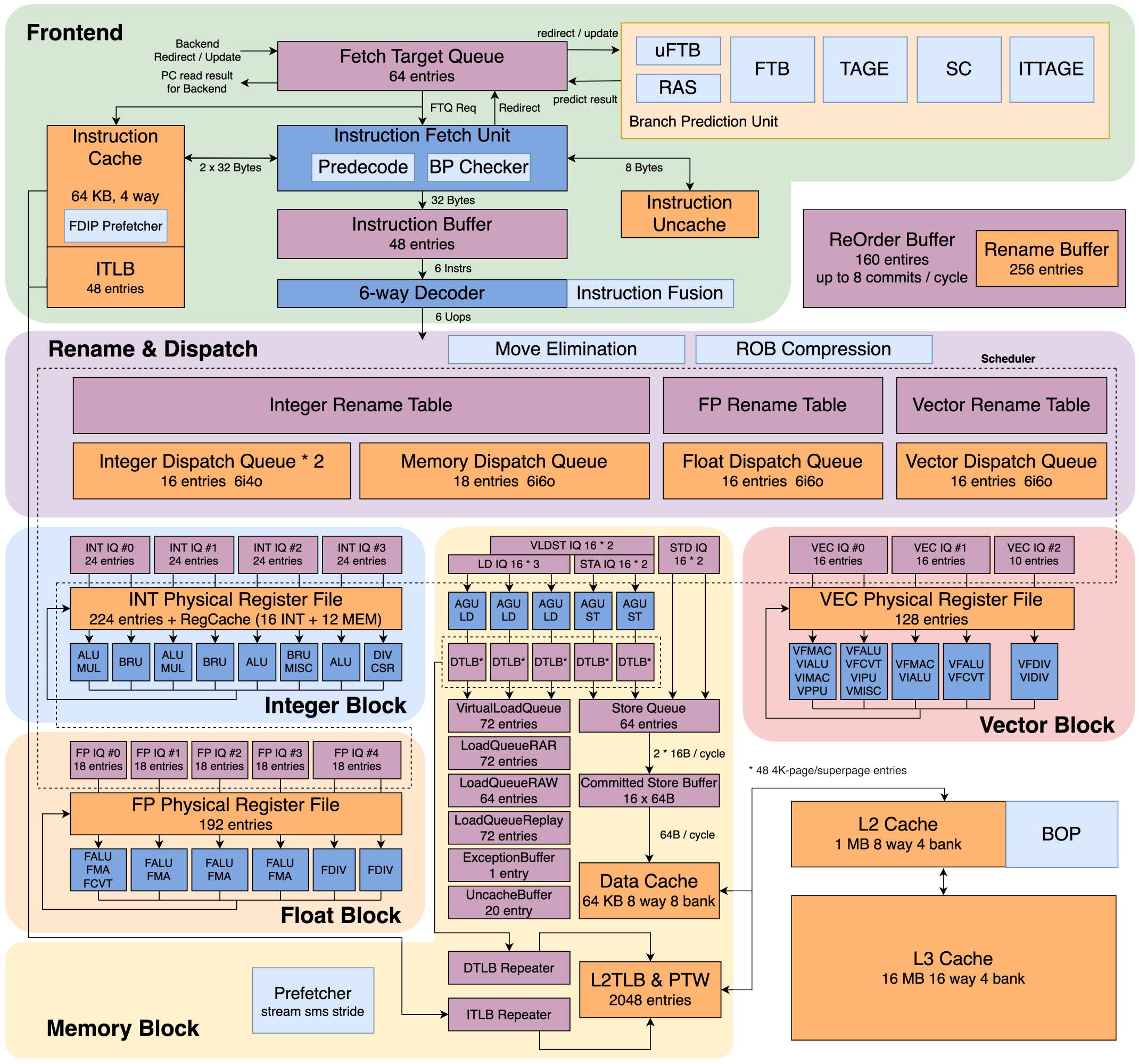
Exciting News in Tech: China’s RISC-V Project Aiming for 2025 Launch!
Hey there, tech enthusiasts! 🌟 If you’re curious about the latest developments in the tech world, you might want to check out what’s happening with China’s ambitious RISC-V project. So, let’s dive in!
What’s RISC-V?
First things first: RISC-V is an open-source instruction set architecture (ISA) that's catching quite a buzz in tech circles. Unlike traditional systems, which are often proprietary and expensive, RISC-V allows anyone to use and modify its designs freely. This freedom can lead to more innovation and lower costs in the chip-making industry.
The Xiangshan Project
Now, onto the star of the show: The Xiangshan project. Spearheaded by Yungang Bao from the Chinese Academy of Sciences, this initiative is setting its sights on delivering advanced chips designed around the RISC-V ISA by 2025. The cool part? They’re sharing the original designs publicly, so anyone can build on their work! You can check out the Scala source code on GitHub.
What’s the Goal?
The goal of the Xiangshan project isn’t just about creating chips; it’s about leveling up the RISC-V architecture to compete with established players like ARM and Intel. As Bao stated, they want to make RISC-V as popular as Linux became for operating systems. Bold vision, right? 💪
The Latest Developments
Recently, Xiangshan’s team has been working on their third-generation chip design, known as Kunminghu. This chip is positioned to have robust performance, including multiple processing units capable of handling various types of operations. Their latest tests recorded impressive speeds of up to 3GHz!
Here’s a sneak peek of the Kunminghu micro-architecture:

Challenges Ahead
While the ambition is high, the road hasn't been smooth. Bao admits that the project has faced some delays. Developing high-performance chips is no walk in the park! They’ve spent the past year continuously optimizing the designs, ensuring efficiency and performance. It’s a complex process, and these chips may not hit the market until everything is just right.
Why Does It Matter?
In case you’re wondering why you should care, here are three major reasons:
Innovation Boost: If Xiangshan succeeds in creating high-performance RISC-V chips, it might inspire more innovation in the chip-making industry.
Open Source Advantage: With designs under a permissive license, it could disrupt the current model dominated by companies like ARM, Intel, and AMD, which rely on licenses and proprietary tech.
Economic Independence: This project aims to reduce China’s dependency on foreign chipmakers. If they succeed, it could change the game for technology in the region.
The Final Word
So, while the Xiangshan chip designs are still in the works, there’s a lot of excitement in the air. As we await their debut, it’s fascinating to see how this project could reshape the future of semiconductors!
Stay tuned for more updates, and feel free to share your thoughts on this topic in the comments below! 🗨️
For those who want to keep an eye on this evolving story, bookmark the project’s GitHub Page and follow news outlets for the latest developments.
Happy tech exploring! 🌐
Comments
Post a Comment